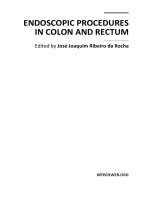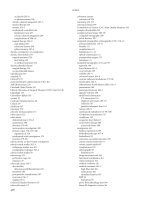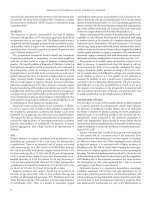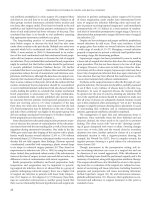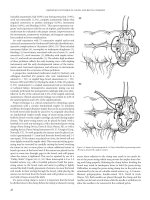Semicolon colon and interrogation mark
Bạn đang xem bản rút gọn của tài liệu. Xem và tải ngay bản đầy đủ của tài liệu tại đây (12.46 KB, 1 trang )
Semicolon, Colon and Interrogation mark
Semicolon (;)
The semicolon represents a longer pause than the comma. It is used to separate the clauses of a compound
sentence, when they contain a comma.
He was a simple, unassuming man; yet we all respected him.
Note that the semicolon is usually followed by conjunctions like and, but, yet or or.
The semicolon is also used to separate clauses which are loosely connected in thought.
As Caesar loved me, I weep for him; as he was fortunate, I rejoice at it; as he was valiant, I honor him.
Reading maketh a full man; conference a ready man; writing an exact man.
Colon (:)
The colon marks a more complete pause than that indicated by the semicolon. It has the following uses:
1. It is used to introduce a quotation.
Solomon says: “Of the making of books there is no end.”
2. To introduce a list of items.
The writers I look best are: Milton, Dickens and Shaw.
The problem is this: which came first, the hen or the egg.
3. Between sentences grammatically complete but closely related in thought.
Study to acquire a habit of thinking: no study is more important.
Interrogation mark (?)
The interrogation mark is used after a direct question:
What are you doing?
Where are you going?
How are you doing?
Note that the interrogation mark is not used after an indirect question.
He asked me what I was doing.
The interrogation mark is not used after a polite request or submission.
Would you mind passing the salt.
Stay on top of your writing! Download our grammar guide from www.englishgrammar.org to stay up-to-date.
Powered by TCPDF (www.tcpdf.org)



